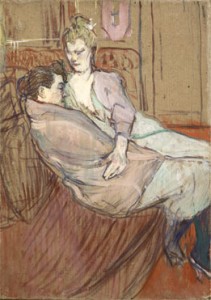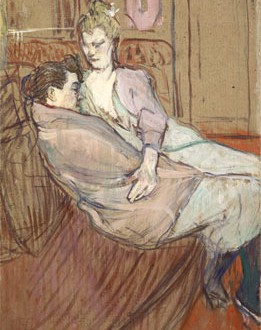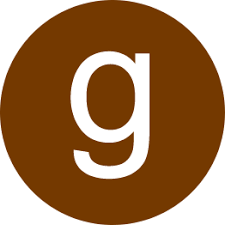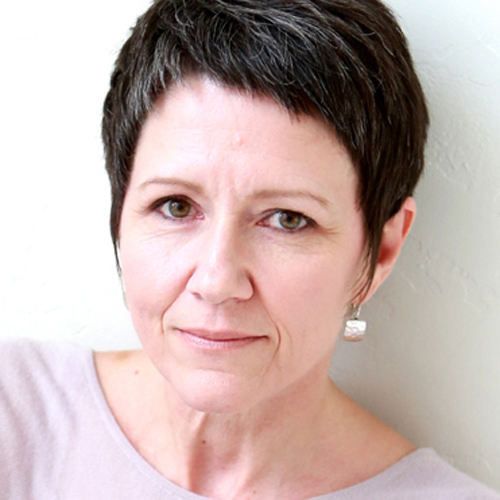Reading Beyond the Lines
 As a writer and storyteller, I love exploring how artists use different media to tell stories – books, poetry, music, painting, plays, movies. Each medium teases a different part of our brain. Some allow us to be more passive (movies) while others require us to be more engaged (“reading” a painting or photograph).
As a writer and storyteller, I love exploring how artists use different media to tell stories – books, poetry, music, painting, plays, movies. Each medium teases a different part of our brain. Some allow us to be more passive (movies) while others require us to be more engaged (“reading” a painting or photograph).
The National Gallery of Art’s website says this about reading paintings:
With a book we have to imagine the scene, whereas with a painting it is created for us (as it is with a film). So when we read a book, we convert, via our imaginations, what is black and white on the page into multicolour images. In this way, the visual image is immediately accessible and engaging. Secondly, due to the artist’s distillation of the subject matter into a single image, a painting requires a longer look than is usual in our digital culture.
Take a moment to view the Toulouse-Lautrec painting “The Two Friends.” The artist invites us to compose the story behind his original rendering of oil paint on wood. We might see a woman comforting a friend whose husband has died. Or perhaps, the woman got caught in a downpour and her friend is warming her up with a shawl. The exciting part is that we can make up a different story on each subsequent viewing. The painting lives in our imaginations as much as it does in the finished painting.
Music, too, is a powerful (and lasting) way to tell a story because of the way our brains respond to it.
Daniel Levitin, a psychologist who studies the neuroscience of music at McGill University in Montreal, Quebec, believes thestructures that respond to music in the brain evolved earlier than the structures that respond to language. He points out that many of our ancestors, before there was writing, used music to help them remember things, such as how to prepare foods or the way to get to a water source. These procedural tasks would have been easier to remember as songs. Today, we still use songs to teach children things in school, like the 50 states.
Today, I can still recite the Preamble to the Constitution by heart because of Schoolhouse Rock. (See, television isn’t always bad for you.)
Yes, I still use words for my storytelling but my brain seeks out stories everywhere: in the face of the elderly woman in the grocery store line, the found poetry written by a friend, the types of “pins” on a friend’s Pinterest boards.
Where do you find stories?










I find stories almost anywhere. All I have to do is LOOK and I will find them! The main place, though, is real life. Each and every thing that happens – to me or to someone else – is a story. It can be embellished, built on and then, hopefully, written down.